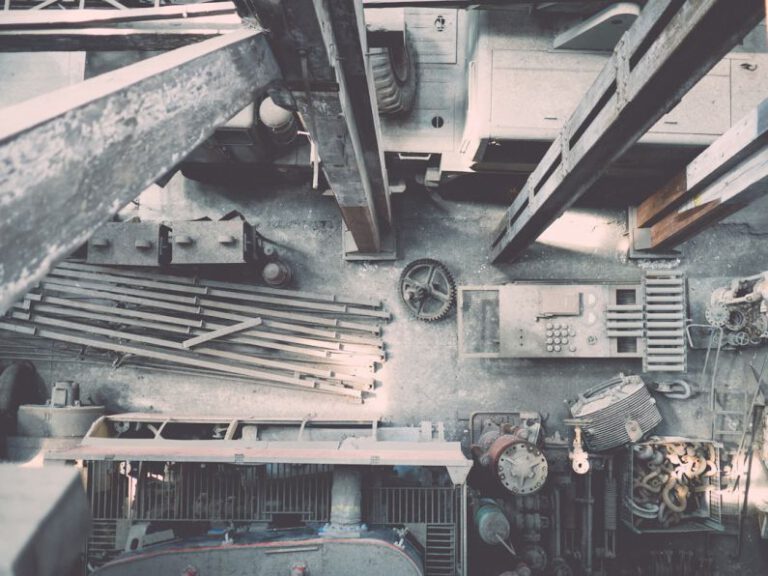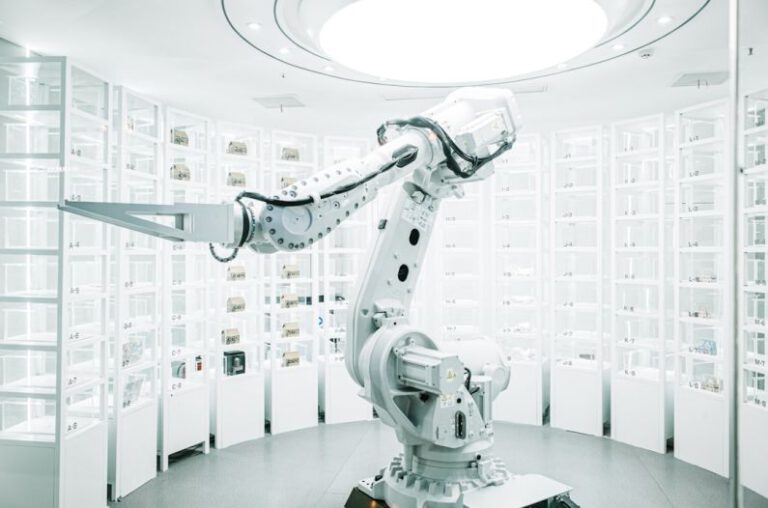Can Ai Design Buildings Better than Humans?
Artificial Intelligence (AI) has undeniably revolutionized various industries, from healthcare to finance. One of the most intriguing applications of AI is in architectural design. The question that arises is: Can AI design buildings better than humans? Let’s delve into this fascinating topic and explore the capabilities of AI in the realm of architecture.
The Rise of AI in Architecture
In recent years, AI has made significant strides in the field of architecture. With advancements in machine learning and algorithms, AI systems have the ability to analyze vast amounts of data and generate design solutions that were previously unimaginable. From conceptualizing building layouts to optimizing energy efficiency, AI technology is reshaping the way architects approach design challenges.
AI’s Creativity vs. Human Ingenuity
When it comes to creativity, many argue that humans have an innate ability to think outside the box and come up with innovative design concepts. While this may be true to some extent, AI has demonstrated its capacity to think creatively and generate unique designs. By analyzing patterns and trends in existing architectural styles, AI can produce novel design solutions that push the boundaries of traditional architecture.
The Efficiency Factor
One of the key advantages of AI in architecture is its ability to enhance efficiency in the design process. AI algorithms can quickly generate multiple design options based on specified criteria, allowing architects to explore a wide range of possibilities in a fraction of the time it would take a human designer. This accelerated design process not only saves time but also enables architects to focus on the more creative aspects of their work.
AI’s Role in Sustainability
Sustainability is a crucial consideration in modern architecture, and AI can play a significant role in optimizing building designs for energy efficiency and environmental impact. By analyzing data on building performance and environmental conditions, AI systems can suggest design modifications that reduce energy consumption, minimize waste, and enhance the overall sustainability of a project. This integration of AI technology can lead to buildings that are not only aesthetically pleasing but also environmentally conscious.
Challenges and Limitations
While AI has the potential to revolutionize architectural design, it is not without its challenges and limitations. One of the primary concerns is the ethical implications of relying too heavily on AI in the design process. Architects must ensure that AI systems are used as tools to enhance their creativity rather than replace it entirely. Additionally, there may be limitations in the ability of AI to understand cultural and contextual nuances that can greatly influence architectural design.
The Future of Architecture with AI
Despite the challenges, the future of architecture with AI looks promising. As technology continues to advance, AI systems will become more sophisticated and capable of handling complex design tasks. Architects will be able to leverage AI to streamline their workflow, enhance creativity, and create buildings that are not only visually stunning but also functional and sustainable.
In conclusion, while AI has the potential to design buildings more efficiently and creatively than humans, it is essential to strike a balance between technological innovation and human ingenuity in the field of architecture. By embracing AI as a tool to augment their design process, architects can unlock new possibilities and push the boundaries of what is achievable in architectural design. As we move towards a future where AI and human creativity coexist, the possibilities for groundbreaking architectural innovations are endless.






